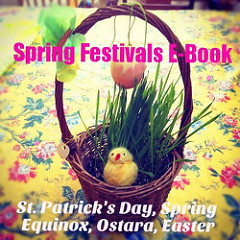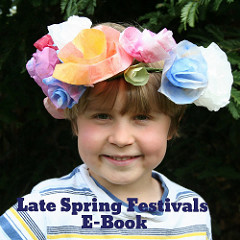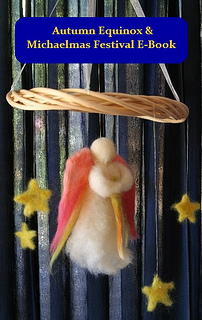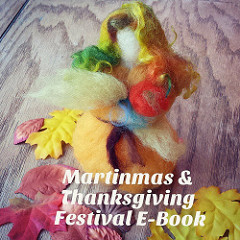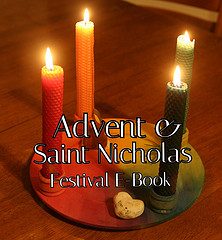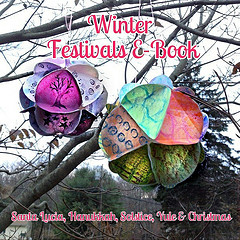10 Earth Day Activities for Families
Earth Day is Friday, April 22—tomorrow! Even if this holiday isn’t something you grew up celebrating, you can bet that your kids are aware of it and eager to participate. Over the last few years, we’ve been doing a bit more to honor the ideals of this day and our kids just eat it up. Here are a few ideas from our family to yours.
1. Plant a tree: This is every bit as appropriate on Earth Day as Arbor Day. This year we’re planting a tree for two reasons: My great-aunt Nana passed away last fall, and we will plant a tree in her honor and in honor of Earth Day. We have chosen a beautiful pink dogwood for our back yard.
2. Make a terrarium or a dish garden: I wrote a tutorial about how to make a moss terrarium for Little Acorn Learning’s April Afterschool Enrichment Guide, which is full of amazing activities, recipes, poems, and much more. You can find it here: http://www.littleacornlearning.com/. Here is an in-progress shot of the dish garden we made yesterday. We used moss we collected on a recent trip to the foothills and wheat grass seeds. Lucas included a spiral of small stones we found in our yard. We are adding beeswax bunnies and Easter eggs to it.
3. Go on a hike, take along a trash bag, and pick up any garbage you may spot along the way. (Kitchen or latex gloves come in handy for this activity.) Recycle those things that you can. Note: don’t let children pick up certain kinds of trash, especially anything that looks like it might be medical waste. Many communities have park or creek cleanup days that need volunteers.
4. Do a science experiment. For young children, seed projects are great because they are fast. Here’s what we did last year. Some of our pumpkin seedlings even survived the transfer out into our summer garden and we harvested pumpkins in the fall from our Earth Day experiment! I don’t know about you, but I love cycles like that.
5. Start a worm farm: All you need is a boxy container (a styrofoam cooler does the trick nicely—I know styrofoam is lame, but it works well for this project), and a container full of red worms from the bait store, or else dig up the worms yourself. Put some normal garden soil into your container, shred some newspaper into small strips, wet it all down, and add your worms. Poke a few holes into the container for air circulation. Then put in your vegetable kitchen scraps daily. Stir once in a while and keep it moist but not wet. Before long you’ll have loads of worms (and worm babies!) and great soil for your garden. (It helps to have a plastic or metal container underneath the whole worm bin, to catch any drippings. These drippings make excellent fertilizer.)
6. Learn about the weather or the water cycle. Check your local parks and recreation department for children’s nature classes or day camps. Try this page of links at The Water Project for science experiments for kids.
7. Read books about caring for the environment with your kids. Last April, I wrote about quite a few children’s books we recommend for Earth Day. Adults can check out the works of Richard Louv, Rachel Carson, David Sobel, Robert Micahel Pyle, and Bernd Heinrich.
8. Start a vegetable garden! Good Friday (also Earth Day this year) is a traditional day for planting seeds and seed potatoes. Lucas is outside preparing his garden plot. We have worked into it our soil full of worm castings from last’s year’s worm farm. That should give our garden a good start!
9. Make space in your yard for wild creatures: add a birdbath, places wild creatures can use for cover, and plants that attract bees, butterflies, and birds. This spring I’ve seen birds actually bathing in and drinking from my birdbath. It was very cool!
10. Take your recyclables in and redeem them for cash; donate your family’s proceeds to a charity such as NRDC or National Wildlife Federation, or any number of other worthy charities. Better yet, if you can support wildlife and habitat restoration efforts in your own community, do that.
That’s 10. I bet you can think of dozens more. If you have a nifty idea to share, please do so! Happy Earth Day!




























































